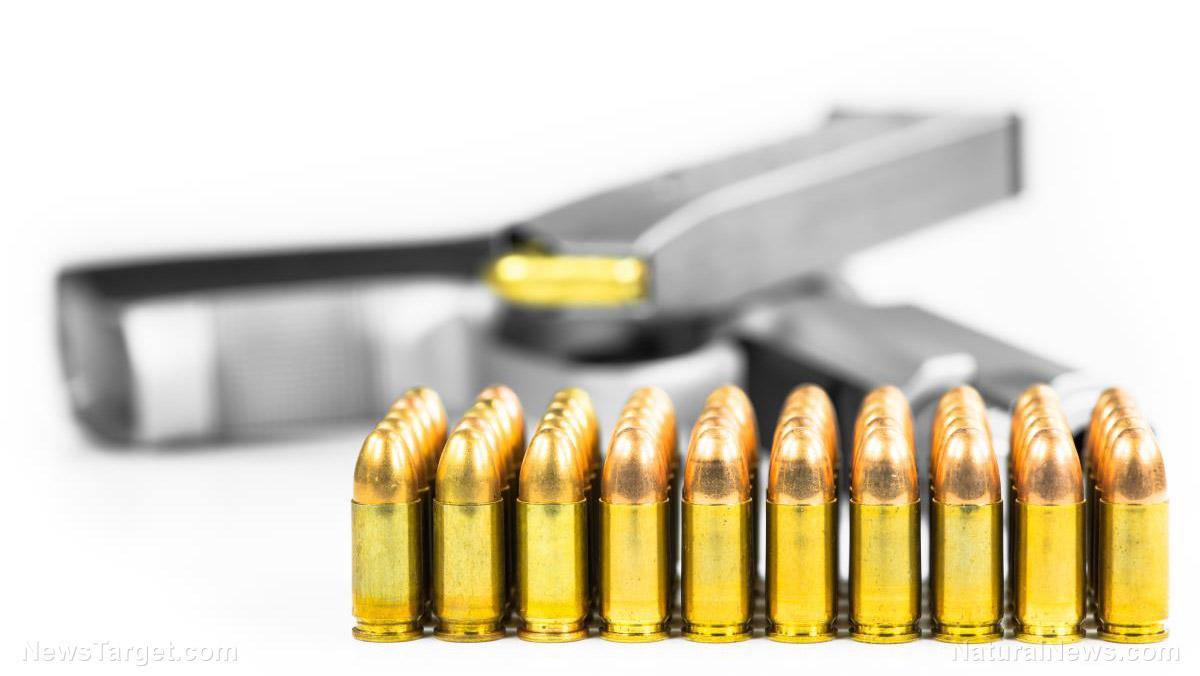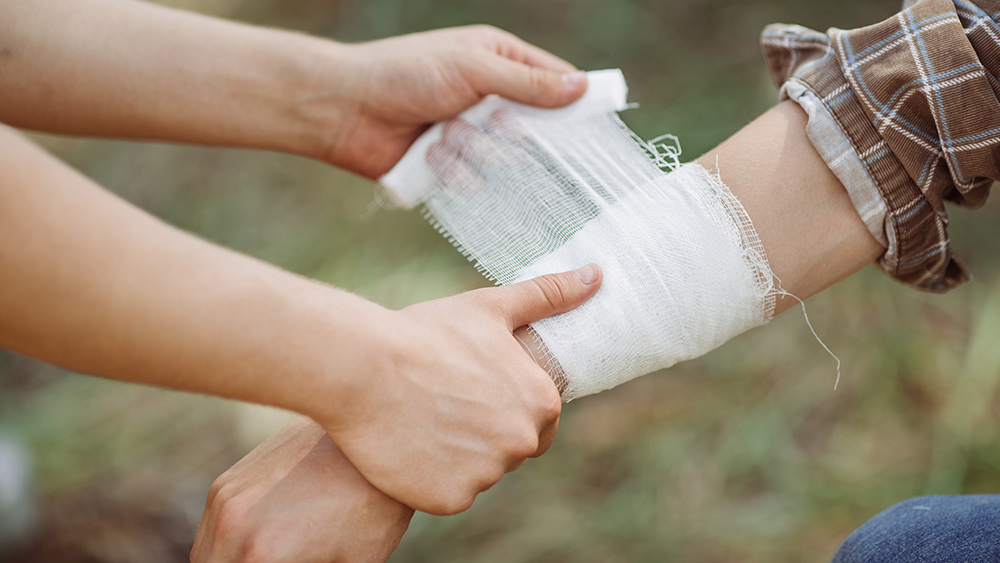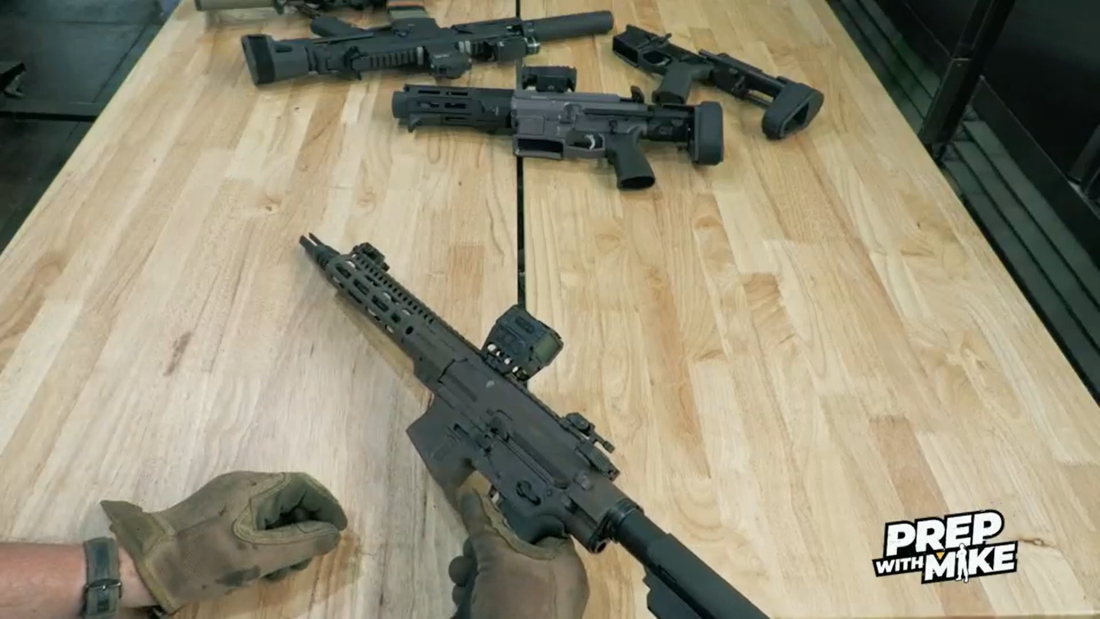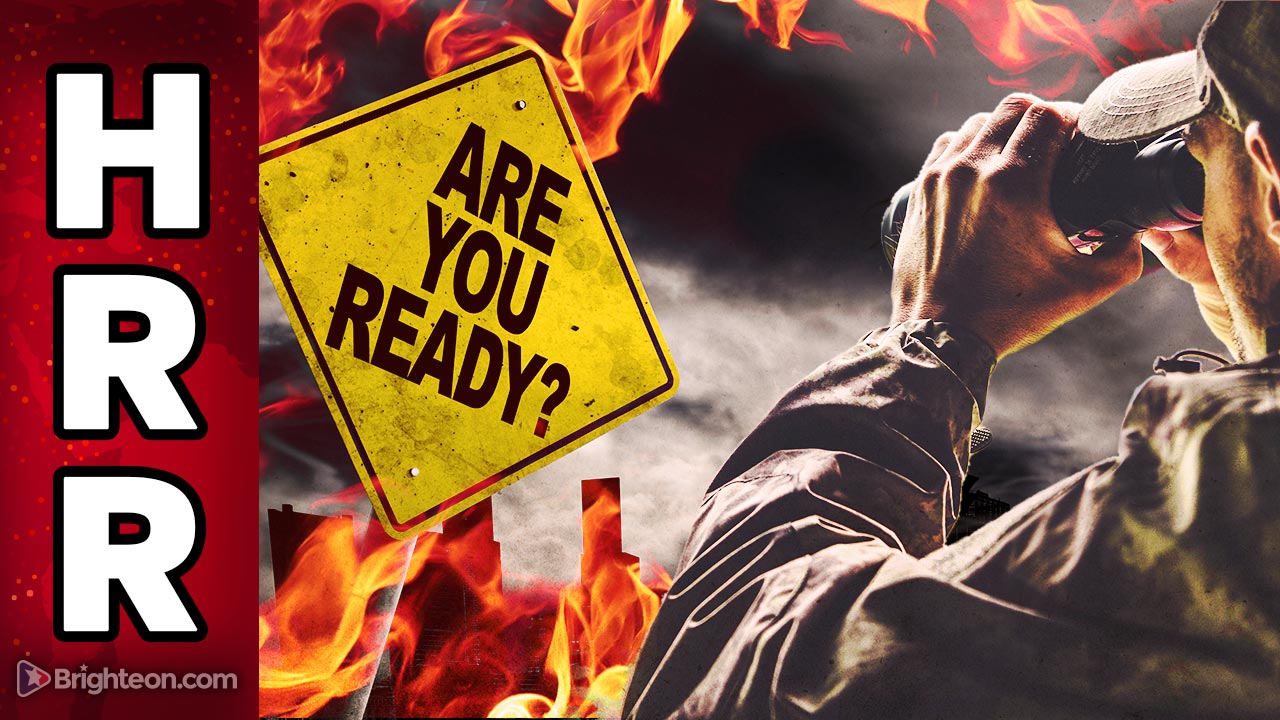5 Methods to secure your stockpile from looters when SHTF
11/04/2020 / By Virgilio Marin

When SHTF, non-preppers will be forced to do anything to survive. Looting will be rampant, and if you’re not prepared to protect your stockpile, your prepping efforts will go down the drain and your chances of survival will plummet.
If you’re looking to secure your stockpile from looters, check these five strategies: (h/t to ModernSurvivalOnline.com)
Lock up your stockpile
One of the most straightforward ways to secure your preps is to lock them up. You can keep all of your preps in one place or spread them out across multiple storage rooms or containers. Your options, however, will be limited by how large your stockpile is and what you’re trying to secure.
For food, water and other supplies, you can harden the door, door frame, hinges and locksets in your storeroom. If you have a smaller stockpile, a heavy-duty container bolted down to the floor will be sufficient.
Guns and tools will require more substantial protection. Invest in a safe and install it according to the manufacturer’s recommended guidelines. This way, it will be hard for marauders to nab your weapons.
Alternatively, you can build an actual safe room to keep the bulk of your preps in one place. It’s not as affordable as your other options, but it will definitely go a long way toward securing your stockpile.
Keep your stockpile a secret
Keep quiet about your preps or even the fact that you are a prepper. It can be tempting to share some prepping tips and encourage other people to keep a survival stockpile. But speaking about your prepping ways can increase your risk of being looted when SHTF.
As part of this, it’s important to get rid of things like stickers, logos or anything else that will tell others that you’re a “gun” or “survivor” guy. Get these things off your car or avoid wearing clothes that brand you as a prepper.
In addition, be careful of bringing home large shipments or installing preps like generators. Major purchases and projects like these will attract attention from both your neighbors and the delivery men. (Related: How to protect yourself from 3 waves of food and shelter seekers after TEOTWAWKI.)
Conceal your preps
Hide your preps by keeping a hidden room or a secret compartment. This will work especially well if you have a sacrificial “hidden” stash that will make your invaders believe they’ve found what was being kept from them. Your hidden room can double as your safe room, minimizing costs and increasing function.
If building a secret room is beyond your reach, there are several ways to hide your preps. For example, you can try “plain sight” hides, where you keep valuables in entirely conventional but unexpected locations so that looters will never even think of looking there.
Employ misdirection
In the wake of a disaster, you can create a scene of ruin that will make it seem as if you’ve lost your supplies. Pull off a spill, fire, leak or anything that can ruin your stockpile. You can sacrifice old empty shelves or containers where most supplies are stored. Done well, this visual decoy can convince any prospective thief to look in other places.
Have something for self-defense
If intruders somehow managed to enter your home, the best way to defend yourself and your survival stockpile is to take up arms. Your most valuable weapon in this scenario is a firearm. This affords you the ability to keep a safe distance and provides you with better odds of overcoming your attackers.
Given the threat of looters in the event of a disaster, planning how to keep your stockpile from the hands of intruders is just as important as stockpiling itself. Keep these strategies in mind to secure your preps when SHTF.
Sources include:
Submit a correction >>
Tagged Under:
disaster preparation, emergency planning, looting, preparedness, prepper, prepping, prepping tips, self-defense, SHTF, survival, survival safety, survival stockpile, survivalist
This article may contain statements that reflect the opinion of the author
RECENT NEWS & ARTICLES
COPYRIGHT © 2018 SURVIVALGEAR.NEWS
All content posted on this site is protected under Free Speech. SurvivalGear.news is not responsible for content written by contributing authors. The information on this site is provided for educational and entertainment purposes only. It is not intended as a substitute for professional advice of any kind. SurvivalGear.news assumes no responsibility for the use or misuse of this material. All trademarks, registered trademarks and service marks mentioned on this site are the property of their respective owners.





















